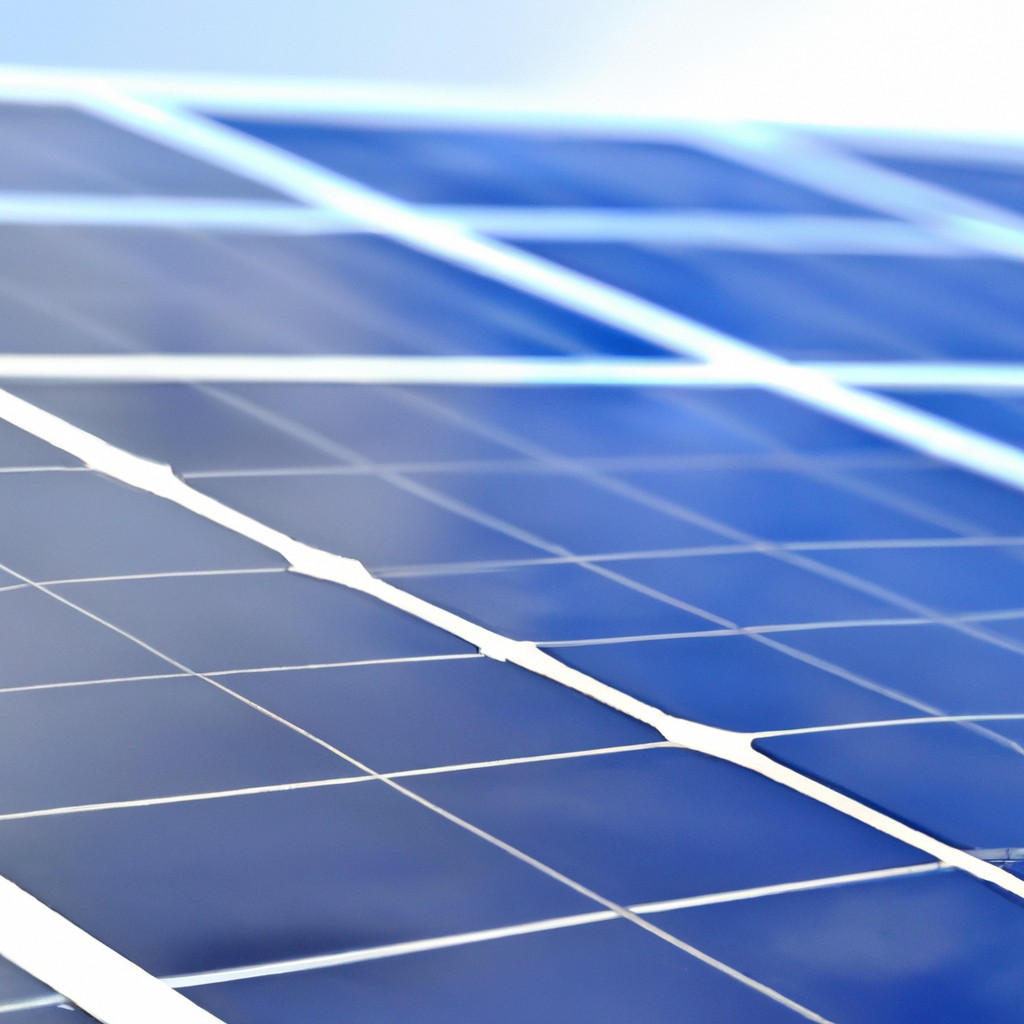This article provides an overview of the average costs associated with installing solar panels on a 2,500 square foot house.
Key takeaways:
- Estimated costs range from ,000 to ,000 for a 2,500 sq ft house.
- Location impacts costs: sunlight exposure, labor costs, permit fees.
- Different panel types have varying costs and efficiency.
- Financing options include loans, leasing, power purchase agreements.
- Federal and state incentives can reduce upfront costs.
Estimated Total System Cost for a 2,500 Square Foot Home

The cost of installing solar panels on a 2,500 square foot house typically ranges from $15,000 to $40,000. This estimate includes the panels themselves, inverter, mounts, and a charge controller. Several factors affect this price:
– **System size** typically, a house of this size might need a 6kW to 8kW system to effectively reduce electricity bills.
– **Panel efficiency**: Higher efficiency panels are more expensive but require less space and generate more electricity.
– **Installation costs** can vary significantly based on your roof’s layout and the complexity of the installation.
Remember, the initial outlay might seem steep, but the long-term savings on energy bills and potential increase in home value can offset the initial cost.
Impact of House Location On Solar Panel Cost
Solar panel installation costs can vary significantly based on where your home is located. This variation is due to several factors including:
– **Sunlight Exposure:** Homes in sunnier states like Arizona or California benefit from longer hours of sunlight, potentially reducing the number of panels needed to generate the same amount of power compared to homes in less sunny states.
– **Local Labor Costs:** Installation costs are influenced by the prevailing wages in the area. Urban areas tend to have higher labor costs compared to rural locations.
– **Permitting Fees and Regulations:** Different cities and counties have their own set of rules, which can affect the time and cost of getting permits for solar installations.
Understanding these factors will help you gauge the potential costs in your specific location more accurately.
Cost Difference Between Solar Panel Types
Solar panels vary widely in both technology and price. Polycrystalline panels, identified by their bluish hue, are generally more affordable but also less efficient than their counterparts. Monocrystalline panels, which are typically black, offer higher efficiency and take up less roof space but come at a premium. Thin-film panels, although less common for residential use, provide a lower-cost alternative but might require more space due to their lower efficiency.
Choosing between them depends largely on your budget and roof space. While monocrystalline panels might seem like a pricier option upfront, the enhanced efficiency can lead to greater savings over time. Conversely, if initial savings are your priority and you have ample roof space, polycrystalline or thin-film panels could be the way to go. Each type’s performance also varies based on sunlight exposure and geographic location, affecting overall cost-effectiveness.
Overview of Solar Financing Options
Solar panel projects can be financed through various methods, each offering benefits depending on your financial situation and goals. One common option is solar loans, which function like traditional home improvement loans. These loans allow you to own your solar panels outright, and the interest may be tax deductible.
Leasing is another popular choice, which involves monthly payments to a solar provider who owns and maintains the panels. This option often requires no upfront costs and includes maintenance; however, it may result in lesser savings on electricity bills over time.
For those looking for an immediate return with minimal initial investment, power purchase agreements (PPAs) are an attractive option. With a PPA, you agree to buy power generated by the panels at a set rate that is generally lower than the local utility’s rate, while the provider retains ownership.
Moreover, some local governments offer Property Assessed Clean Energy (PACE) financing, which ties the financing to the property rather than the individual, and is repaid through an assessment on your property taxes.
Each financing option offers different advantages, so it’s crucial to consider your long-term financial goals and current financial health when choosing the best plan for your solar installation.
Federal and State Solar Incentives
Federal and state incentives can significantly reduce the upfront cost of solar panels. The federal solar investment tax credit (ITC) allows homeowners to deduct 30% of the cost of installing a solar energy system from their federal taxes. This substantial reduction can make solar panels much more affordable.
Additionally, many states offer additional rebates and tax incentives. These can vary greatly depending on where you live, so it’s beneficial to check with your local solar program or energy department. Some states provide property tax exemptions, while others offer cash back or credits against state income tax.
It’s also wise to consider that these incentives can change. Keeping up-to-date with the latest information ensures you can take advantage of the best available offers at the time of your installation.
Also Read:
- How Much Do Solar Panels Cost for a 3,000 Square Foot House: Pricing and Factors
- Solar Panel Cost: Understanding Your Investment in Green Energy
- How Much Do Solar Panels Cost for a 2,000 Square Foot House: An Informative Overview
- Cost of Solar Panels: Understanding Prices and Factors That Influence Them
- Solar Panel Installation Cost: Understanding Expenses and Factors Involved